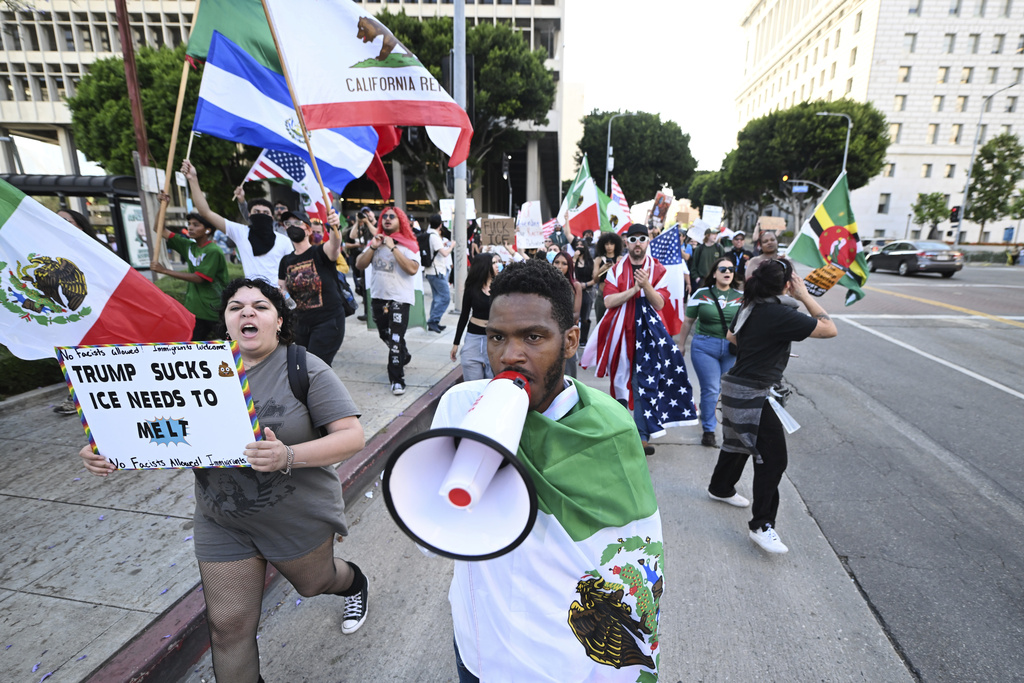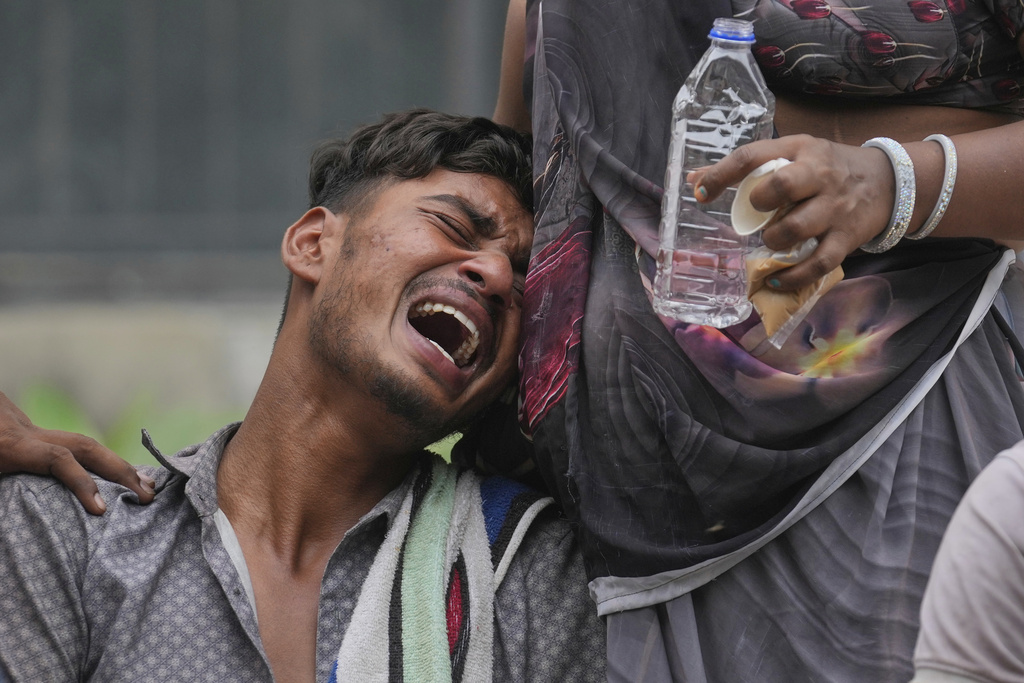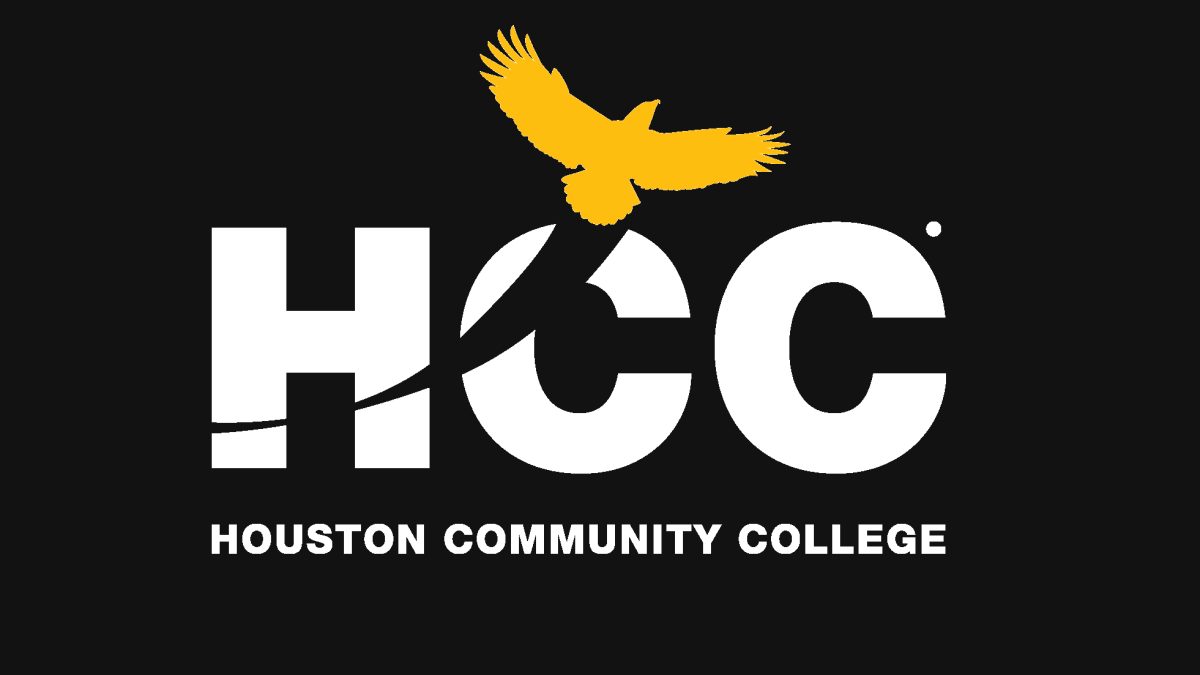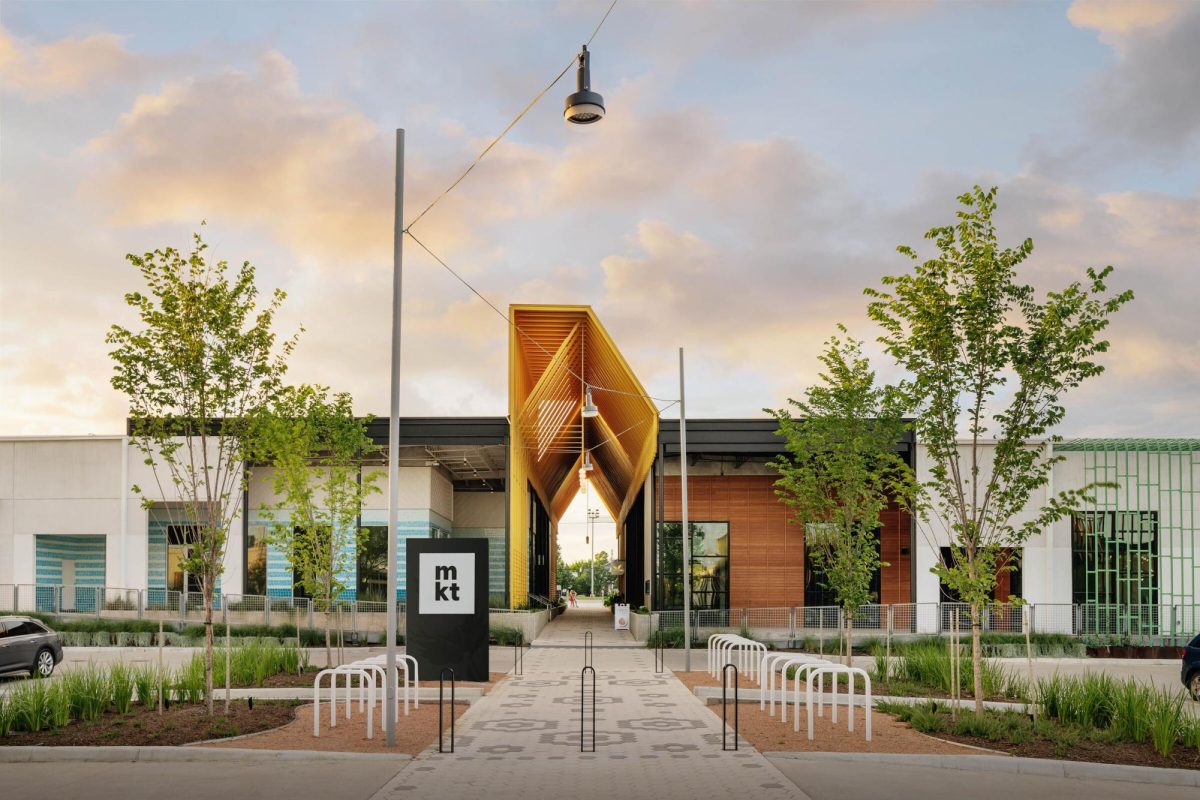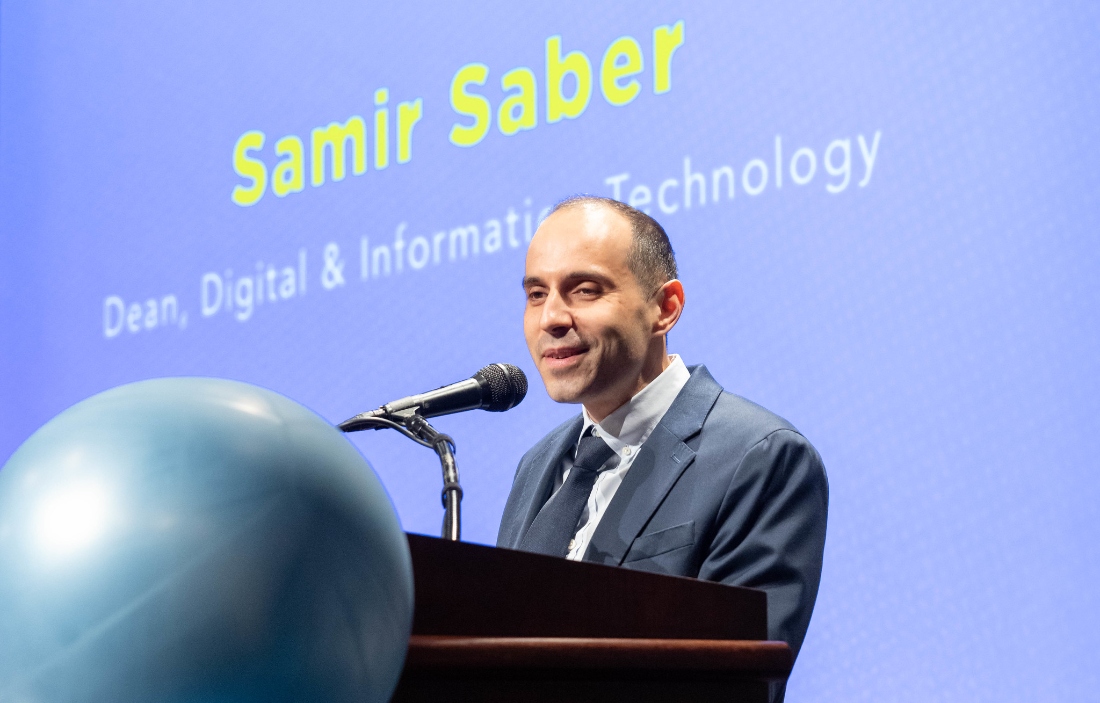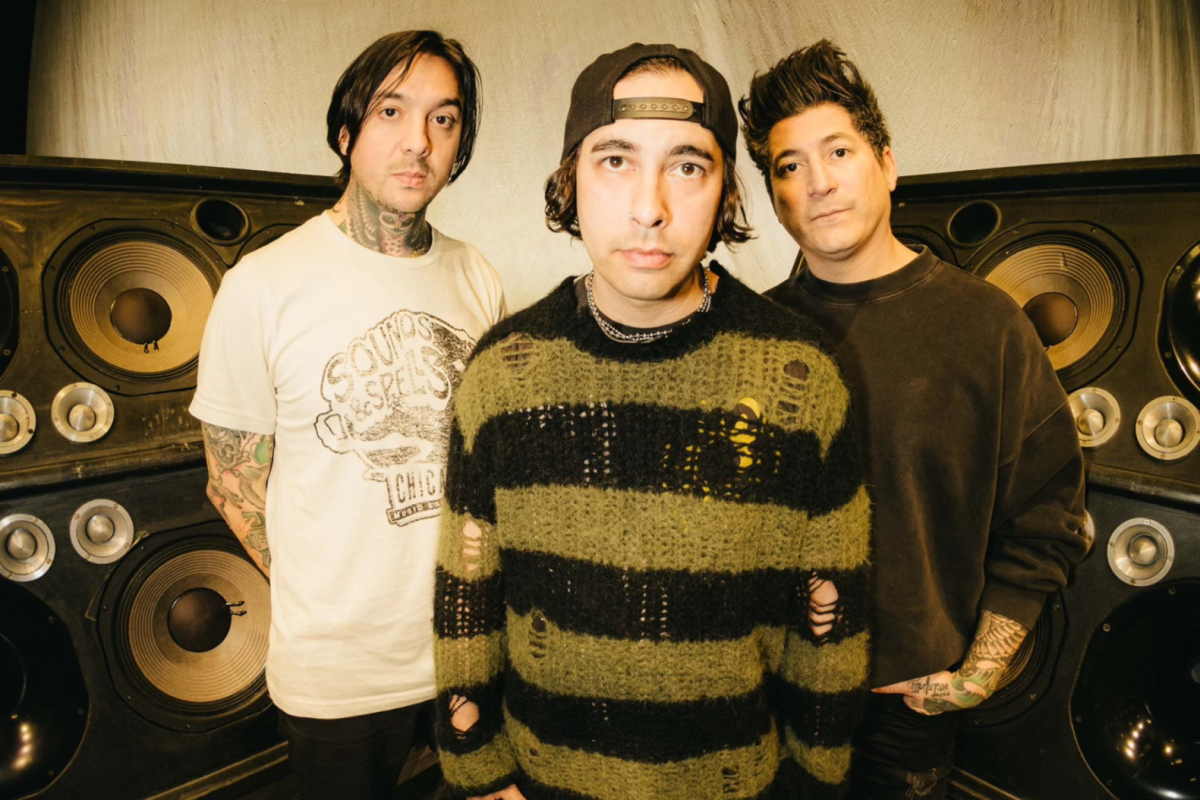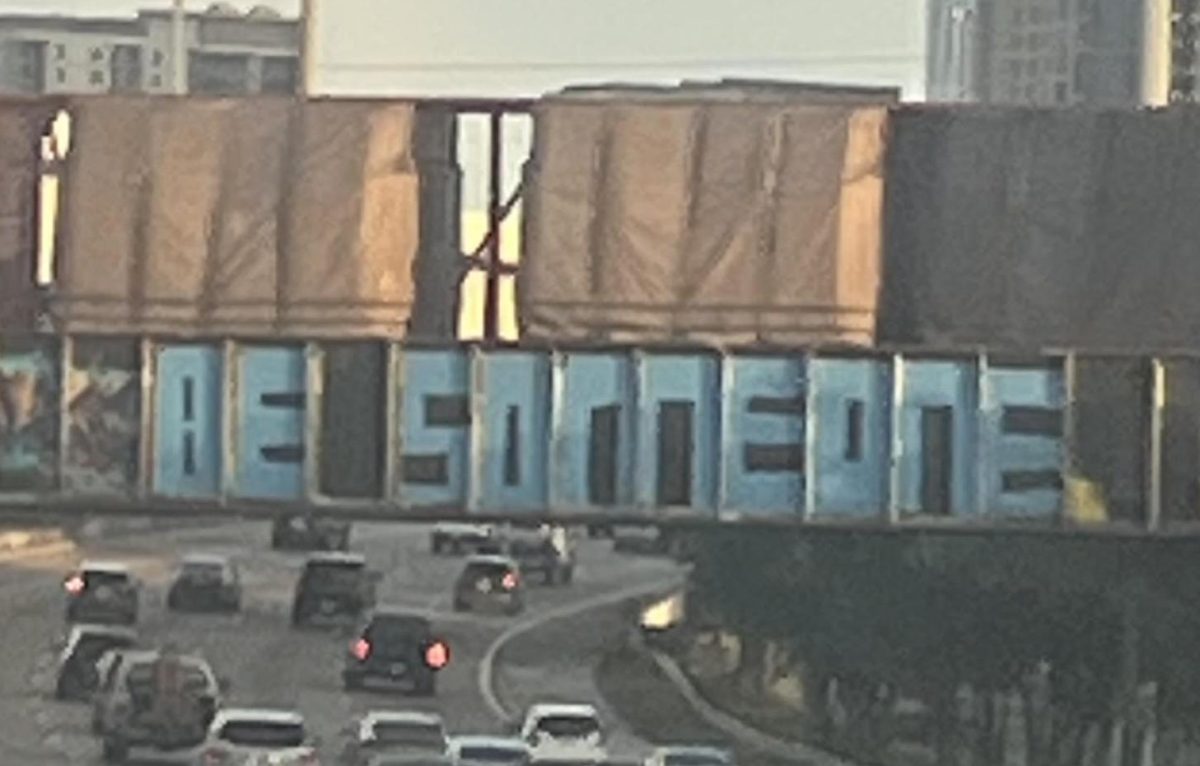Protests in Iran: Fights for Women, Life, and Freedom
December 7, 2022
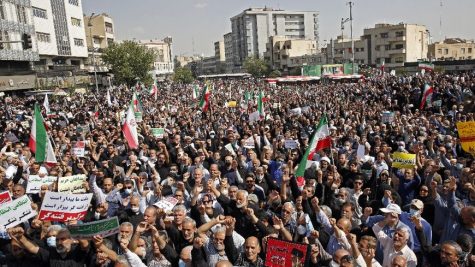
Iran is on the cusp of a cultural revolution as civilian protests have broken out across its capital, Tehran, and several adjoining metropolitan cities. Women have taken to the streets to protest government cruelty after the death of, Kurdish female, Mahsa Amini while in the custody of the Iranian Morality police.
Ms. Amini was visiting Tehran with her parents when she was arrested for loosely wearing her headscarf under Iranian mandatory hijab laws. She was kept in custody and was in a coma until she collapsed and died at an education center. The Iranian government claims Ms. Amini had previous unrelated health complications that lead to her collapse, but eyewitnesses, including a woman who was detained with Ms. Amini, say she was beaten by officers and suffered a stroke that lead to her death. Further Doctor interpretations of her MRI confirmed evidence of blows to the head.
Amini’s death has sparked outrage among Iranians and caused waves of female-led protests in the cities in Iran and across the globe. Protesters are seen burning their headscarves and cutting their hair in solidarity, with all the unjustly killed women under Iranian brutality.
The Iranian government, however, has responded by trying to suppress these uprisings by force, confirming over a hundred civilians killed by Iranian paramilitary forces and the Islamic Republic Revolutionary Guards (IRGC) and hundreds more injured. Namely, a 16-year-old protester, Nika Shakarami, was found dead after being missing for several days and being chased by Iranian police her body was kept from her family, and only her face was shown to her immediate family for identification, following protests at her funeral, government agents stole her body and barred her in secret at another location.
There has been significant internet censorship. Iranians who have posted online about their support of the movement have been arrested and detained by Iranian Cyber Police. Iranian forces have used live ammunition, 50 caliber machine guns, shotgun live ammunition, tear gas, and brute force to crack down on the civil unrest. They have been confirmed to have tear-gassed an elementary school and arrested students. Reports indicate that students are transferred into mental hospitals to be housed and jailed there, with around 185 confirmed killed, about 800 unidentified killed, and 20,000+ arrests the brutality of this crackdown has shocked the world.
As the protests have progressed, we see a connection with previous Iranians who yearn for more freedom under strict and repressive rule. Civilian protesters called out the state altogether for its cruelty and censorship toward women and men this time for regime change and the downfall of the theocratic regime led by Iran’s supreme leader. Similar civilian revolts in Iran took place a decade ago, known as the Green movement of Iran, but as the government continued to suppress these revolts, it left unresolved tensions and attitudes, especially among the younger populations that carried on to the present-day protest. We see not only demands for more freedoms for women, but an increasing attitude toward structural change within the Iranian government.




